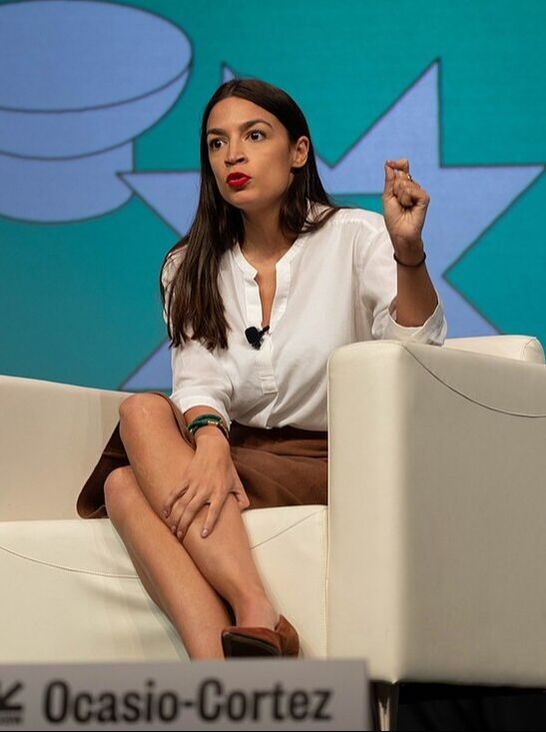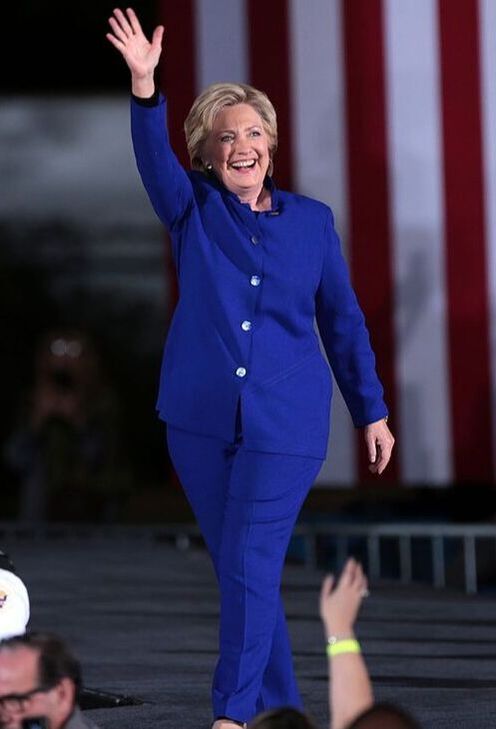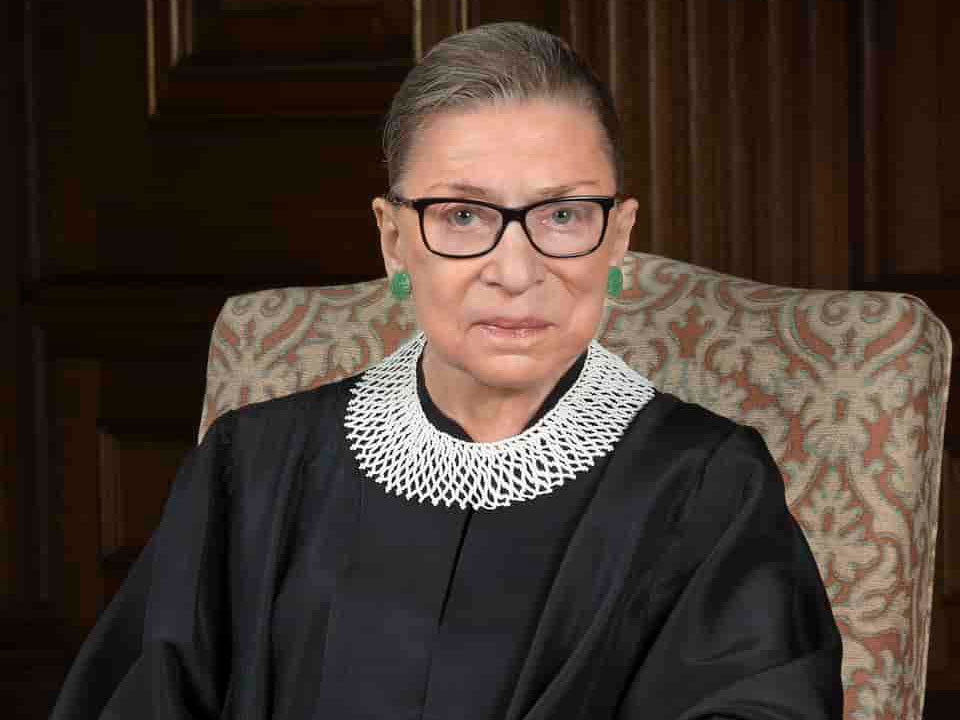|
From Theresa May to AOC, to be a woman in politics is to be constantly under scrutiny from the fashion police Early last week, not long before the public headed to the polls to vote in one of the most hotly contested elections in US history, the American Right boiled over with vitriol aimed at House Democrat Alexandria Ocasio-Cortez. Her crime? Having the temerity to appear on the cover of Vanity Fair. While some expressed outrage at the magazine for choosing to spotlight AOC over the recently confirmed US Supreme Court judge Amy Coney Barrett (a mathematical impossibility given that, thanks to long print lead times, Ruth Bader Ginsburg was likely still alive when the AOC cover was finalised) most of the ire was directed at the $14,000 worth of designer clothing worn by the politician on the cover and in the accompanying spread.
The inherent hypocrisy in these statements coming from the right also goes without saying. President Trump is no stranger to a multi-thousand dollar suit while Melania Trump appeared on a 2017 cover of Vanity Fair Mexico appearing to be literally eating a diamond necklace. Tiffany Trump, while admittedly not a politician, was one of the first self-proclaimed ‘Rich Kids of Instagram’. Yet, while AOC may be an extreme case, this is merely the latest in a long and tired narrative of political commentators (on both sides) dissecting the outfits of female politicians and judging them based on appearance alone. Who can forget the furore that erupted when then-Prime Minister Theresa May appeared in a Sunday Times ‘at home’ interview in 2016 wearing a pair of £995 Amanda Wakeley leather trousers? Or when the Daily Mail decided it appropriate to headline a story about a meeting between the UK’s two most powerful political figures - Nicola Sturgeon and Theresa May - with the headline ‘Never mind Brexit, who won Legs-It!’? It’s hard to imagine the same kind of commentary being levelled at a meeting of, say, Tony Blair and George Bush - both fans of a very expensive suit.
The cumulative effect of this discourse can make it seem as if female politicians are in a no-win situation. Present yourself professionally in clothes within your means - even if this includes high-end designers - and be accused of being frivolous or out of touch with ‘real’ people. Restrict yourself to high street clothing and open yourself up to criticisms of slovenliness and ethical and environmental unfriendliness. But there is a third option. If they’re going to insist on noticing nothing but your clothes, give them something to take notice of - and in the process beat your detractors at their own game. The Suffragettes, with their white, purple and green colour palette and feminine silhouettes, are a prime example of asserting power by reclaiming the means of their vilification and have inspired many politicians since. The all-white outfit worn by Hillary Clinton to President Trump’s inauguration has long been thought of as a reference to the suffrage movement and was recently echoed by the white Carolina Herrera suit Kamala Harris chose over her usual black or navy attire for her 2020 election acceptance speech. Female Democrats have also used dress numerous times to express their defiance and willingness to rock the status quo. Take, for example, their decision to uniformly wear white (another suffrage reference) to the 2019 State of the Union address following the success of the wall of black they created at the previous year’s address in solidarity with #MeToo and the Time’s Up movement. So will we ever reach a place where female politicians can dress as they see fit without comment in the same way as male politicians? The answer, sadly, is that it looks unlikely. But, just maybe, fashion can be the secret super power women can use to assert their political messages and make themselves heard. |
Categories |
Search by typing & pressing enter





